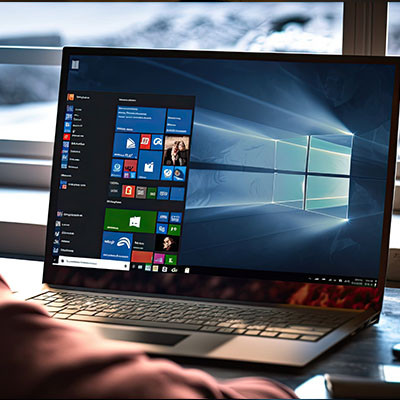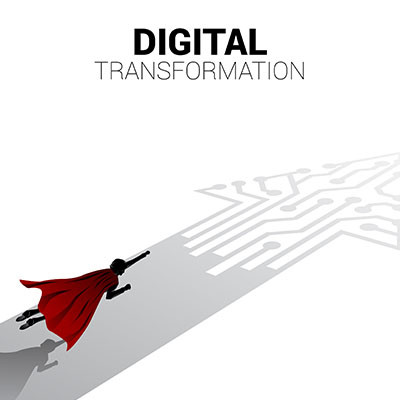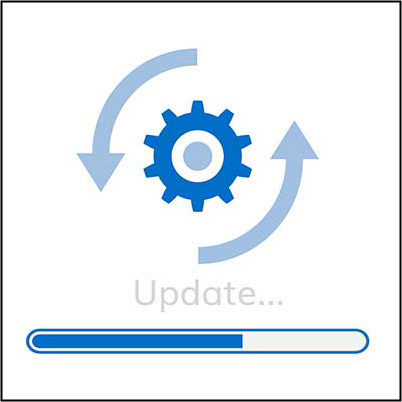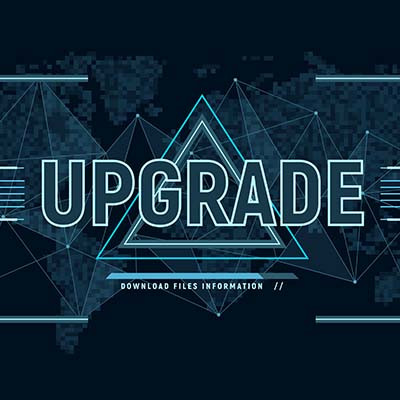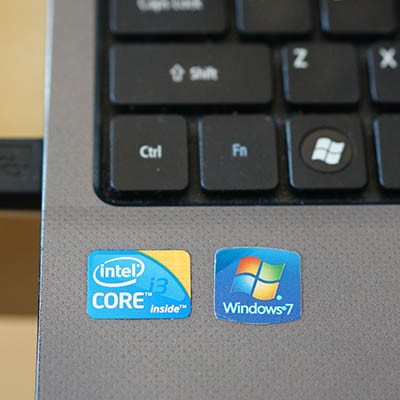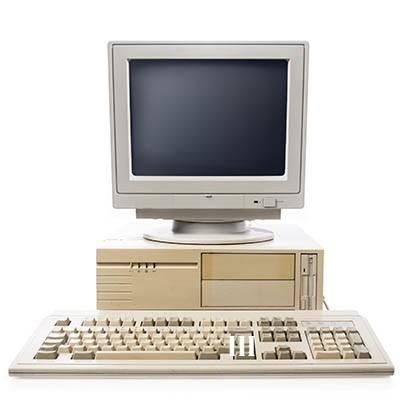Ferrum Technology Services Blog
We all know that person with an ancient laptop, a stubborn printer, or that phone they refuse to part with. At some point, however, that beloved device stops being the sidekick you need it to be and starts feeling more like dead weight. If your tech is making life harder instead of easier, it might be time for an upgrade. Here’s how to know when to let go.
Long story short: it depends.
As unhelpful as that answer may seem on the surface, it really is the truth. There are just so many variables that different businesses will exhibit that ultimately impact how their budgets should be shaped. For instance, both a small mom-and-pop shop and a massive corporation need cybersecurity, but the scale of their respective investments will vastly differ.
Let’s go over how to budget appropriately for your cybersecurity protections and concerns.
Later this year, Windows 10 will no longer be supported—October 15, if you want to be exact. Are you taking steps to ensure you’re upgrading away from Windows 10? If not, you might want to get on that… and consider upgrading away from Office, while you’re at it, since Microsoft is pulling support for that around the same time, too.
Each new year is an opportunity to reflect on what your business has gotten right and what it needs to improve. Your technology is one of those parts of a business where there’s always some room for improvement. If new IT solutions are on the docket for the upcoming year, here are four questions you can ask to make any new implementation successful.
You may not understand just how crucial keeping your business’ technology up to date is, but it can be the best defense at battling some extraordinary downtime that can not only cost you quite a bit, but also frustrate your staff to the point where it becomes a whole other problem for your business. This month, we discuss a five-year plan for your business’ hardware and why it is a solid practice to stay ahead of many of the technology problems businesses face.
Communications are incredibly important for businesses, but it’s easy to let the other parts of your technology infrastructure take priority. One of the greatest ways businesses can prioritize communications and cut costs is by implementing a VoIP ( Voice over Internet Protocol) system. With the right setup, your business can revolutionize its telephony system and streamline communications across your organization.
When you ask a managed service provider or other technology expert when you should be upgrading your technology, you’ll likely get a pretty nebulous answer like, “it depends.” That’s because there isn’t necessarily a hard or steadfast response to this question, and the answer will change depending on various factors that are inconsistent across businesses.
Your aim should always be to build more efficiency into your business. It boosts the productivity of your staff and makes your business a better place to work. Technology is central to this strategy, but it can be tough to get the right productivity in place. This month, we will give you a few considerations that you should pay attention to when adding technology to your roster.
There are numerous reasons to update your business’ technology—particularly if this technology is crucial to your business’ processes. However, many businesses still rely on legacy systems. This makes it a challenging prospect to update them appropriately, unless you know what you’re doing. This week, we’re devoting our tip to helping you do just that.
Managers and employees might work for the same company, but the reality is that their responsibilities and experiences are two very different things. When you promote someone new to management, or if you join their ranks for yourself, you’ll have to keep certain practices in mind. Let’s go over some of these practices and how IT can ease some of the burden.
Windows 11 has been released into the world, but has your organization embraced it yet? If not, you’re certainly not alone. Adoption for Windows 11 has been relatively slow, all things considered, and recent surveys and polls show that Windows 11’s adoption will proceed in this fashion–at least for the near future.
Technology changes so rapidly that it can be difficult to gauge whether or not you should be upgrading right away or examining other options for the same purposes. How can you avoid investing in the wrong solution as a result of the excitement that a new idea or concept can bring? It all starts with knowing what within your organization needs to change.
With the release of Windows 11 on the horizon, it is important that businesses looking to implement it start to consider not only their hardware, but their strategy to upgrade away from their current operating system. But that’s a topic for another day—we’re focused today on the folks who don’t even have Windows 10 yet and are still stuck in the days of Windows 8.1, an OS expiring in 2023. Don’t get caught unawares without a plan to upgrade.
A wireless network is one of the most useful technologies you have in your home or office. Oftentimes, however, it is set up quickly and will have a hard time broadcasting a signal to the corners of your office. Today, we will discuss ways to ensure that your business (or your home) has the coverage you need it to have, and how to get it if it doesn’t.
Microsoft is just days away from retiring not just one, but two of its most popular operating systems. The software giant has made a point to run a major campaign warning people who are still using Windows 7 that they are going to lose support after the January 14, 2020 deadline; but, as of this writing, there are still over a quarter of desktop users running the software. With the deadline looming, we thought we’d look at what this means for users and go through some of the options they have.
Think about how much office technology has changed over just the last 10 years. Remember those bulky, 60-pound CRT monitors? Remember thinking a 32” screen was a TV, not a computer monitor? While you more than likely have replaced those old computer monitors, what is the status of your computer hardware? If you purchased your computer at the same time as that monitor, your hardware is also extremely outdated. How do you know exactly how old your computer is, and when it’s nearing retirement?



